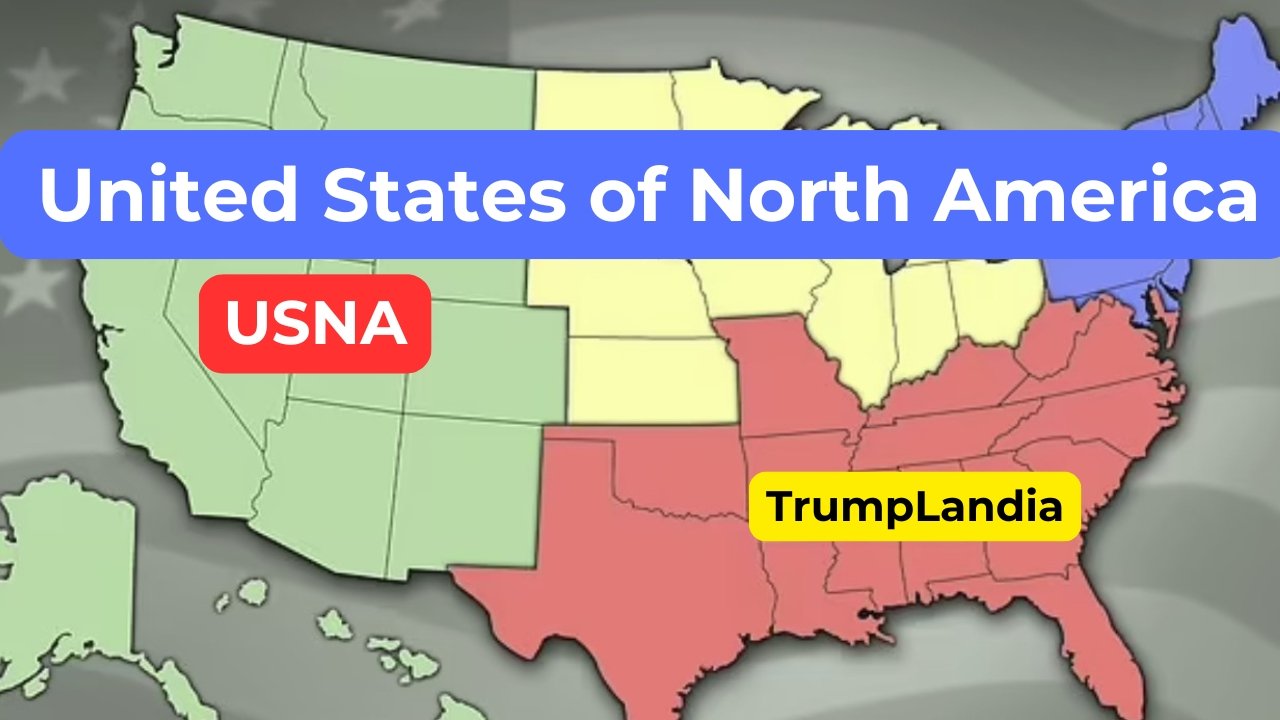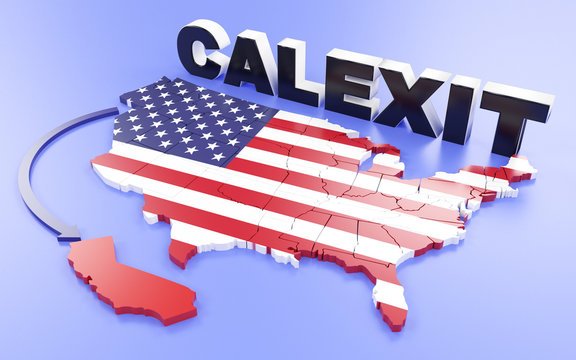As the Calexit movement gains momentum, the prospect of California seceding from the United States and forming an independent nation has transitioned from a fringe idea to a topic of serious discussion.
This article explores the potential landscape of an independent California, its possible alliances, and the far-reaching consequences such a secession could entail.
California’s Path to Independence
In January 2025, the proposal for California’s secession, popularly known as “Calexit,” received approval for statewide petition circulation. If the initiative garners the necessary signatures, it could appear on the November 2028 presidential election ballot.
This development underscores the growing tensions between California’s predominantly Democratic leadership and the federal administration under President Donald Trump. Advocates argue that California, boasting the world’s fifth-largest economy and a population surpassing that of many countries, possesses the resources and infrastructure to thrive independently.
However, the legal pathway to secession is complex, requiring a constitutional amendment and the approval of two-thirds of U.S. states.
Formation of the United States of North America (USNA)
Upon achieving independence, California could rebrand itself as the United States of North America (USNA), with Sacramento as its capital. This new nation might invite other like-minded states to join, creating a coalition that reflects shared values and political ideologies. Such a union could redefine the political landscape of North America, presenting a formidable economic and cultural bloc.

Economic and Political Alliances
An independent USNA would likely seek to establish robust economic and political alliances to ensure stability and growth. One plausible strategy involves forming a North American Union in collaboration with Canada and Mexico. This trilateral partnership could facilitate free trade, enhance security cooperation, and promote regional prosperity. By aligning with the European Union through a NATO-style agreement, the North American Union could create a strategic alliance aimed at containing the influence of the remaining United States, colloquially dubbed “Trumplandia.”
Consequences for the Remaining United States
The secession of California and potentially other states would have profound implications for the remaining United States. Economically, the loss of California’s substantial tax contributions and economic output could exacerbate federal deficits and potentially lead to financial instability.
Politically, the departure of progressive states would shift the nation’s ideological balance, potentially entrenching conservative policies. On the international stage, the reduced United States might face isolation, with diminished influence in global affairs and strained relationships with longstanding allies.
Challenges and Considerations
While the vision of a USNA presents an intriguing alternative, several challenges must be addressed. The legal hurdles of secession are formidable, as the U.S. Constitution does not provide a clear mechanism for a state to exit the union.
Additionally, the logistics of establishing a new nation—such as creating a military, managing borders, and developing foreign policy—require meticulous planning and significant resources. Public opinion within California is also a critical factor; while support for secession has fluctuated, achieving a decisive consensus remains uncertain.

Conclusion
The Calexit movement encapsulates a growing sentiment among Californians seeking greater autonomy and representation. The formation of an independent USNA, allied with neighboring countries and the European Union, presents a bold reimagining of North America’s political and economic landscape.
However, the path to such a reality is fraught with legal, logistical, and societal challenges that require careful deliberation and widespread support.











